Our fight is focused in these states
Our Work
Jacob W. Frank, NPS
We work in key states to advocate for legislators who will protect our public lands, make them part of the climate solution and ensure that all people equitably benefit from wild nature
Arizona
In Arizona, wildlands are woven into the identity of the state and its communities, from dramatic red sandstone terrain to saguaro cactus forests to countless Indigenous cultural sites. We are working in the state to defend public lands and waters from mining and drilling and their long-lasting effects.
Among our goals is protecting the Grand Canyon watershed from uranium mining, which could pollute water that the Havasupai Tribe and other local communities rely on. President Biden established new protections in the area in 2023, but a recently opened mine that was already under development at the time still poses a significant threat.
We are also working to protect the Great Bend of the Gila, part of the biologically rich Sonoran Desert ecosystem containing important Tribal sites and migration corridors for wildlife like bighorn sheep, and the Coronado and Tonto national forests, which must be managed responsibly and defended from mining, logging and development interests.
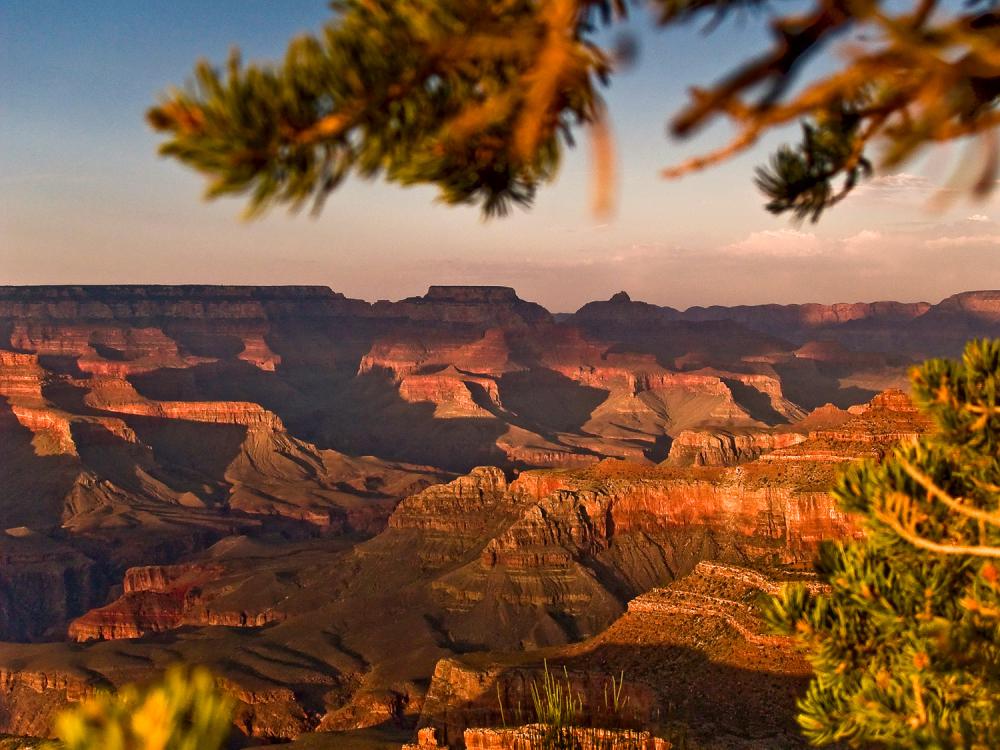
Grand Canyon, Arizona
Paul Fundenburg, Flickr
California
California’s diversity of public lands and wild nature rivals that of many entire countries. From the old-growth redwood forests of the Pacific coast to the stunning geological splendor of the Mojave Desert, it is a treasure trove—and much of our work here focuses on ensuring people can access it responsibly and equitably.
We especially focus on outdoor access for Black, Indigenous, people of color and low-income communities, which disproportionately face obstacles to getting outside. A 2017 study found that in California, 62% of people of color live in areas that are “nature deprived,” vs. 36% of white people.
Among the ways we work to correct this imbalance is by strengthening “outdoor equity funds,” which provide grants to increase access to the outdoors for youth of color and youth living in low-income areas.
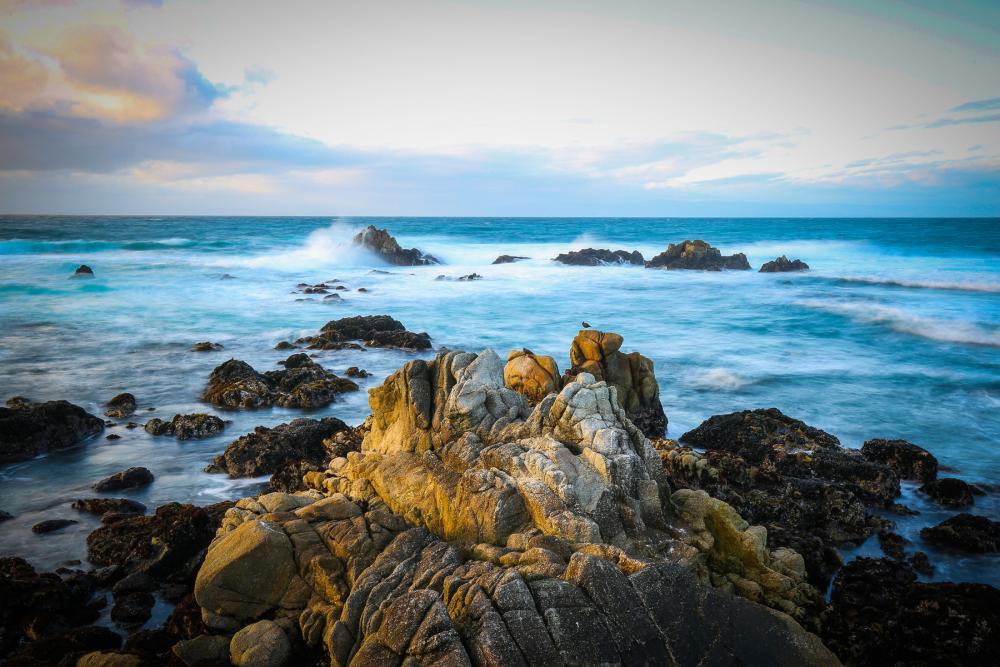
Point Pinos at California Coastal National Monument, California
Zachary Ormsby via BLM, Flickr
Colorado
In Colorado, we are working to protect the state’s valuable public lands and waters from unnecessary oil and gas development, while pushing ahead to expand protections for wilderness areas and habitats that serve as natural solutions to climate change.
Snow-capped mountain peaks, alpine forests, wildflower valleys and rushing rivers are the lifeblood of the state’s outdoor economy, drawing millions of people to Colorado each year to enjoy recreation activities. But along with the health benefits of exploring Colorado’s open spaces, these large connected landscapes are also critical to maintaining wildlife habitat and migration corridors.
We are working to advance proposals like the Colorado Outdoor Recreation and Economy Act that protects approximately 400,000 acres of public land in Colorado, establishing new wilderness areas and safeguarding existing outdoor recreation opportunities. Of the land protected, about 73,000 acres would be new wilderness areas and nearly 80,000 acres would be designated recreation and conservation management areas.
We are also working to support oil and gas leasing reforms that will protect communities in Colorado from unnecessary and hazardous development.
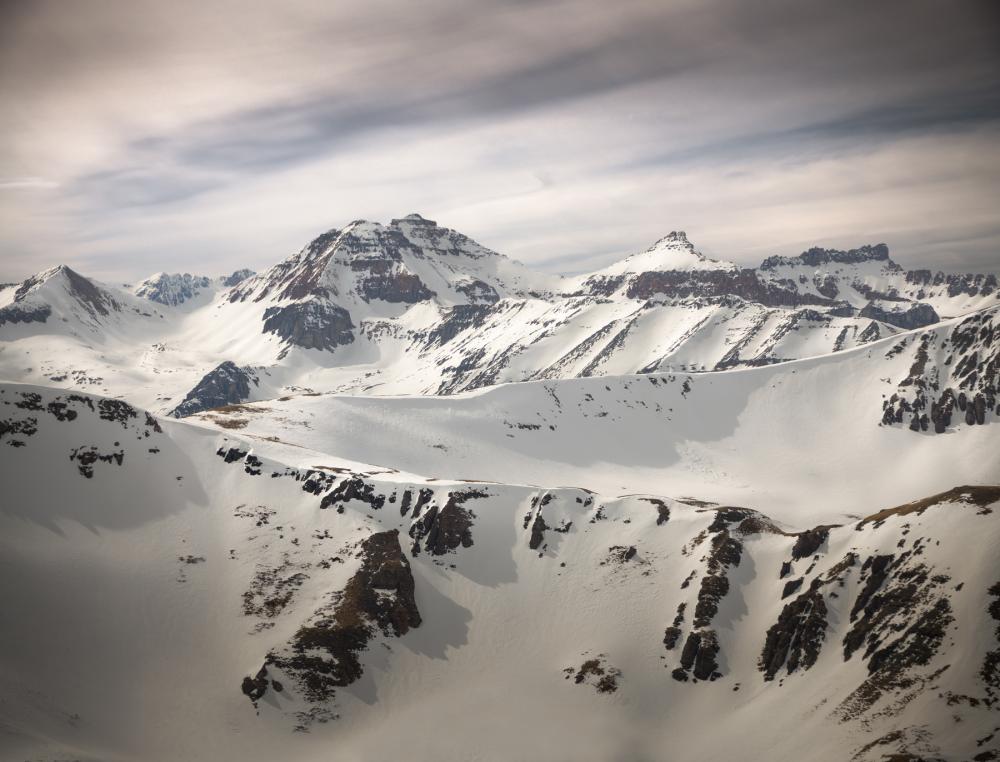
Proposed Sheep Mountain Special Management Area in the San Juan Mountains, Colorado.
Mason Cummings, TWSAF
Maine
Maine is the most forested state in the country and home to the largest intact forest east of the Mississippi River. We are working to conserve these forests and wildlands from reckless development, an effort that requires protection of private, state and federal public lands.
The Land for Maine's Future Program (LMF) is the state's primary funding source for conserving land natural and recreational value, and The Wilderness Society Action Fund is working with partners to get this program funded after years of political neglect. Maine’s climate is changing and the robust LMF funding will help to conserve ecologically significant lands that also absorb carbon pollution and help wildlife adapt.
We also work with the Wabanaki Alliance (the Passamaquoddy Tribe, Penobscot Nation, Houlton Band of Maliseet Indians and Micmac Nation) to advance Tribal sovereignty in the state. The Wabanaki nations were forced to surrender claim to their lands decades ago, and they are still fighting to take back the rights and privileges of independence and self-governance guaranteed to them through Maine’s original treaty obligations, which would put them on equal footing with other federally recognized tribes across the U.S.
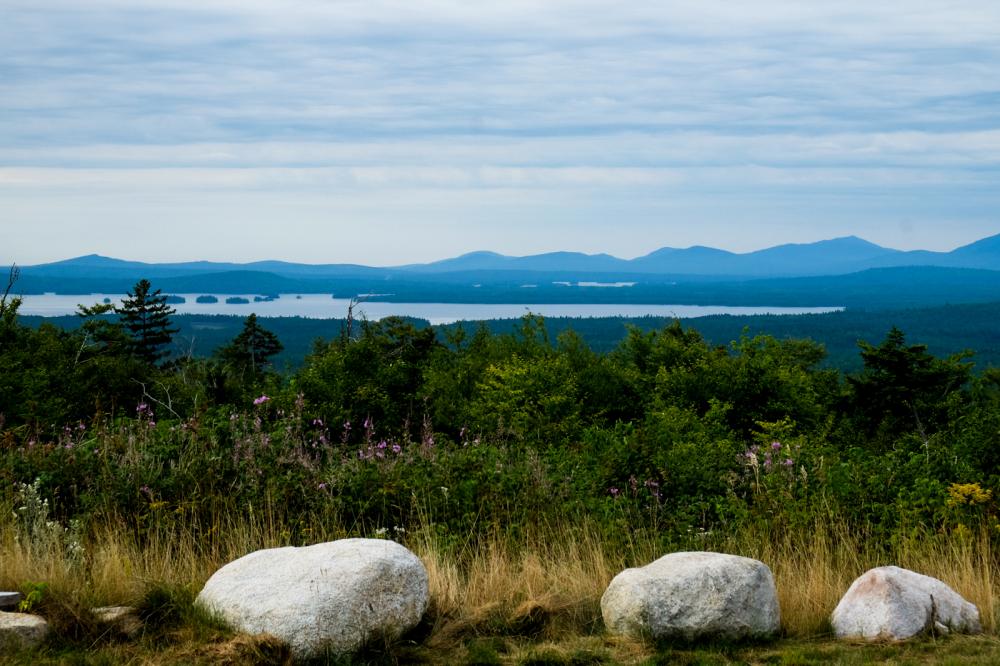
Katahdin Woods and Waters National Monument, Maine
Department of the Interior, Flickr
Montana
In Montana, we are working to keep the state’s wildlands healthy and whole for the communities and wildlife that call them home.
One key area is the “Crown of the Continent,” which straddles the Continental Divide, stretching across over 10 million acres. The Big Blackfoot and Clearwater rivers join here to create the Blackfoot-Clearwater region, a land of dense old-growth forests, prairie and pristine rivers home to elk, mule deer and key populations of trout. As climate change turns up the heat, leading to effects like less snowpack and more severe wildfires, the Crown of the Continent provides refuge and migration corridors for species like wolverines and lynx to move and adapt.
We are working with local communities to protect key wilderness in the Crown of the Continent through the Blackfoot Clearwater Stewardship Project, which would expand the Bob Marshall Wilderness Complex. This would protect habitat for wildlife and improve access to recreation areas for all to enjoy.
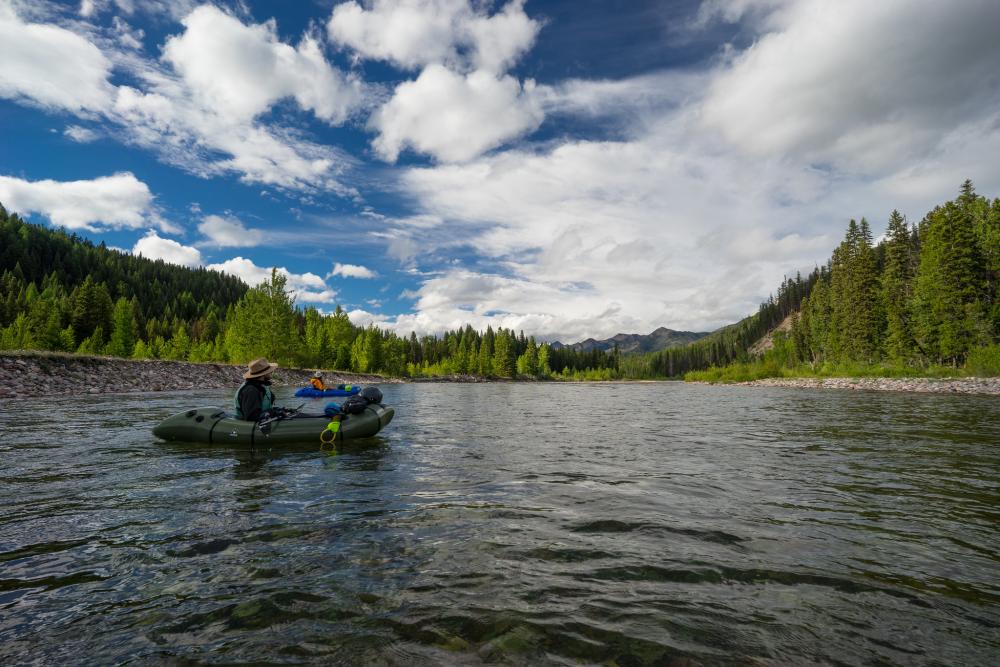
Packrafting the South Fork of the Flathead River in the Bob Marshall Wilderness Complex, Montana
Troy Smith, Flickr
Nevada
Sunny, rugged Nevada typifies the iconic American West. We advocate for enduring protections for the state’s Native American historic and cultural sites, ancient petroglyphs, sagebrush valleys and snowy mountain peaks.
Specifically, we are working to secure wilderness protection for part of the Desert National Wildlife Refuge, which was originally created to protect habitat for desert bighorn sheep and also sustains species ranging from collared lizards to bobcats.
Additionally, we work to prevent mining and energy development and reckless off-road vehicle use in Southern Nevada’s portion of the Mojave Desert, which contains ancient archaeological sites and critical habitat for the endangered Mojave desert tortoise.
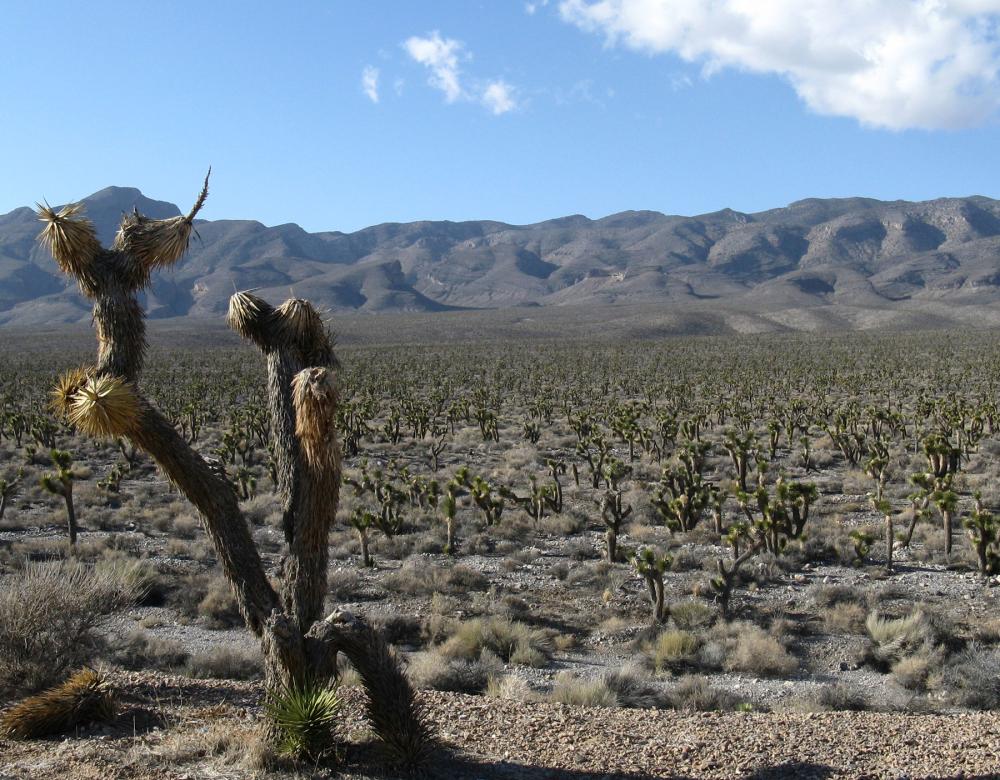
Desert National Wildlife Refuge, Nevada
USFWS, Flickr
New Mexico
New Mexico boasts an awesome array of public lands, from the snowy peaks of the Sangre de Cristo Mountains to the grasslands of Otero Mesa. People love these places, and they bring those values with them to the ballot box: In a 2022 poll, 85% of New Mexicans said clean water, wildlife and public lands issues are important in deciding whom to vote for.
We’re working to defend public lands and waters in the state from oil and gas development and its long-lasting effects. That includes the lands surrounding Chaco Canyon, which is home to some of the country’s most abundant and intact Puebloan ruins and artifacts. We also support updated federal regulations governing energy production on public lands, and rules to limit climate-warming methane leaks—both key issues in New Mexico, among the leading states for gas production.
We are also trying to increase funding for the state-level Outdoor Equity Fund, which provides grants to increase access to the outdoors for youth of color and youth living in low-income areas.
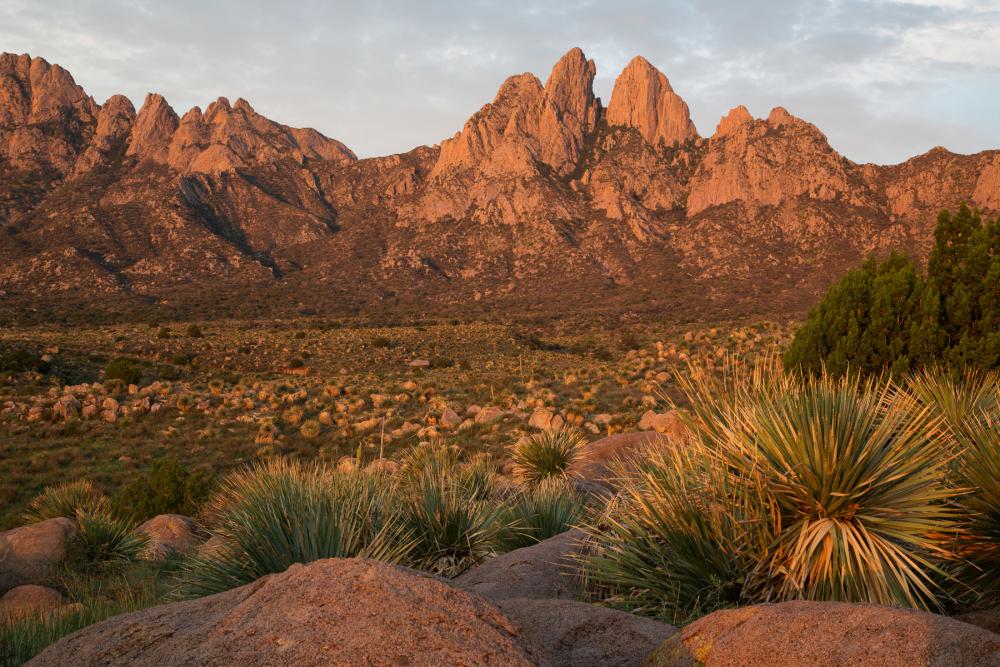
Organ Mountains-Desert Peaks National Monument, New Mexico
Bob Wick, BLM
Washington
Washington is known for its majestic green forests, but that only scratches the surface of the state’s outdoor charms, which encompass rocky coasts, trout-rich rivers and everything in between. Much of our work in the state focuses on ensuring more equitable access to those resources.
A 2017 study found that in Washington, 69% of people of color live in areas that are “nature deprived,” vs. 21% of white people. We’re working to correct that imbalance. State lawmakers have increased funding for the state’s No Child Left Inside program, which expands outdoor recreation and education opportunities for under-resourced communities, but more can be done to ensure equitable access.
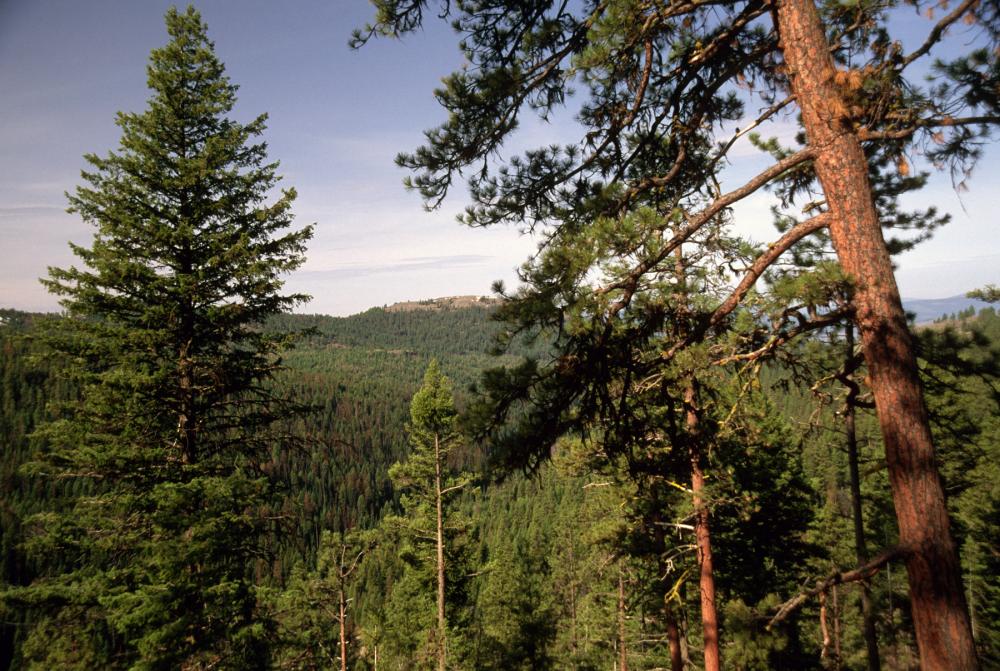
Colville National Forest, Washington
USFS, Flickr
